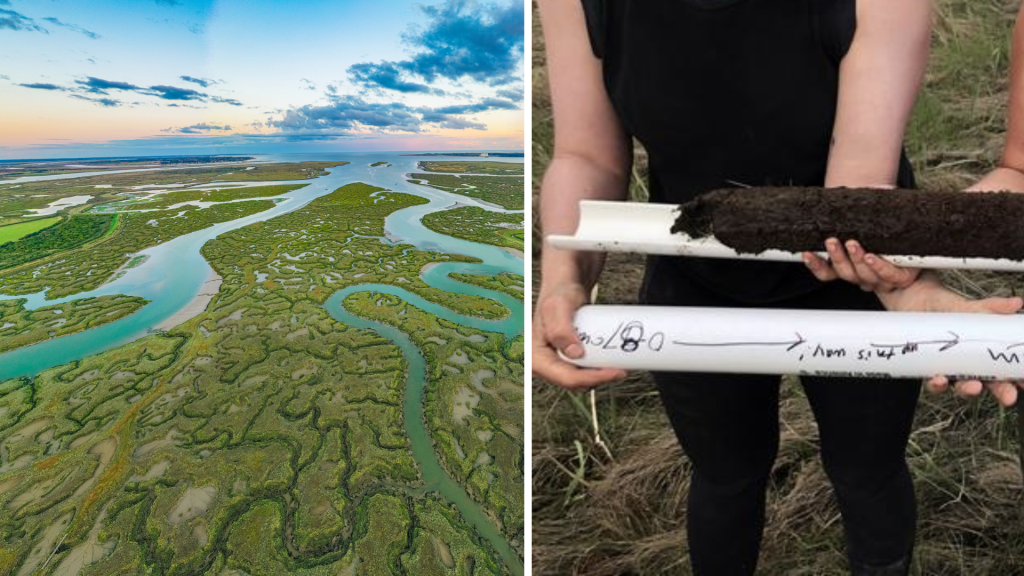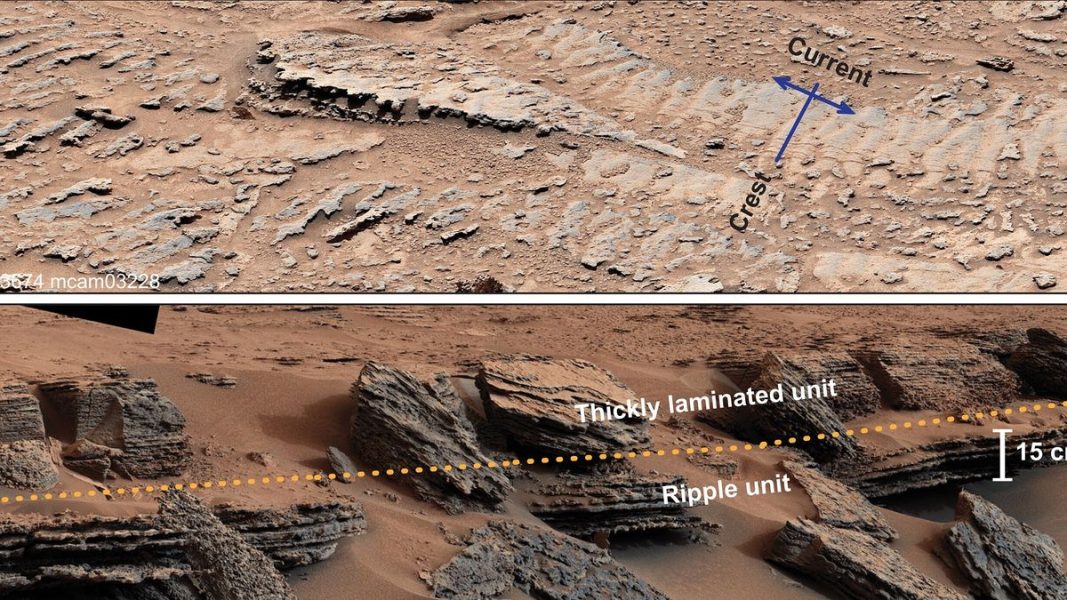US region’s salt marshes store 10 million cars’ worth of carbon, outperform forests – Interesting Engineering

As glaciers continue to melt, salt marshes grow vertically in order to keep up with rising sea levels, thus storing even more carbon.a day agoa day ago2 days ago2 days ago2 days ago2 days ago3 days ago3 days ago3 days ago4 days agoan hour ago5 hours ago6 hours ago8 hours ago9 hours ago10 hours ago11 hours ago11 hours ago11 hours ago11 hours agoPrabhat Ranjan MishraA sediment core retrieved from a salt marsh in Phippsburg, Maine (right).Aerial Essex/UMass Amherst
Scientists have demonstrated that New England’s salt marshes sequester carbon equivalent to the emissions of roughly 10 million cars within their top meter of soil. Furthermore, their research suggests these marshes capture additional carbon annually, comparable to the emissions from approximately 15,000 more cars each year.Scientists at the University of Massachusetts Amherst quantified carbon capture in the Northeast’s salt marshes using a new, highly accurate method.The recent study is expected to pave the way toward meeting the challenges of a warming world.“The amazing thing about tidal marshes, from a climate perspective is that they can continuously increase their carbon storage. They don’t fill up,” said Wenxiu Teng, lead author of the paper and a Ph.D. candidate in the Department of Earth, Geographic and Climate Sciences (EGCS) at UMass Amherst.Researchers revealed that the ocean stores nearly a third of industrial carbon dioxide emissions, and there is a growing global appreciation for the role that coastal ecosystems like salt marshes play as carbon sinks. This is because wave-by-wave, tide-by-tide, storm-by-storm, new layers of carbon-trapping sediment are continually stored in the thick salt marsh grasses, according to researchers.As glaciers continue to melt, salt marshes grow vertically in order to keep up with rising sea levels, thus storing even more carbon.Published in the Journal of Geophysical Research: Biogeosciences, the study used the Normalized Difference Water Index (NDWI) from satellite data to analyze spatial patterns of water depth and vegetative vigor across salt marshes.Researchers collected 410 soil samples from 19 sites ranging from Long Island Sound to the Gulf of Maine, representing various locations within each salt marsh. By comparing satellite NDWI data from multiple seasons and tidal levels with their field samples, the researchers identified specific conditions where satellite data closely matched field measurements.“Salt marshes are far more persistent carbon sinks than forests or other terrestrial sites,” said Brian Yellen, Massachusetts’s state geologist, research assistant professor at UMass Amherst and one of the paper’s co-authors.“There are many people who are excited about technological solutions to scrub carbon from the atmosphere, but here we have a natural one that works, and works very well, right now. Our work helps to clarify the size of this natural carbon sink and provides a method that is scalable to other regions of the world.”The team’s work also holds a warning—that 10 million cars’ worth of carbon is also a potential carbon bomb. If the salt marshes are disturbed or their natural processes altered, they could release all those greenhouse gasses, exacerbating climate change, rather than helping to naturally mitigate it, according to a press release.“If salt marshes were to degrade due to the combined threats of local environmental stressors and global climate change,” said Yellen. “They would become huge sources of carbon emissions.”“We started looking at the satellite data plotted against the field samples, and we had this ‘a-ha!’ moment,” added Yellen. The team could clearly see that there were particular tidal conditions and times of year when the satellite data closely tracked the data they had gathered in the field.“It’s really all about inundation at high-tide — that’s when you want the satellite to capture the picture,” concluded Yellen.Prabhat Ranjan Mishra Prabhat, an alumnus of the Indian Institute of Mass Communication, is a tech and defense journalist. While he enjoys writing on modern weapons and emerging tech, he has also reported on global politics and business. He has been previously associated with well-known media houses, including the International Business Times (Singapore Edition) and ANI.Stay up-to-date on engineering, tech, space, and science news with The Blueprint.By clicking sign up, you confirm that you accept this site’s Terms of Use and Privacy Policya day agoa day agoa day agoa day agoPremiumIE PROFollow
Source: https://interestingengineering.com/science/salt-marshes-store-carbon-outperform-forests






